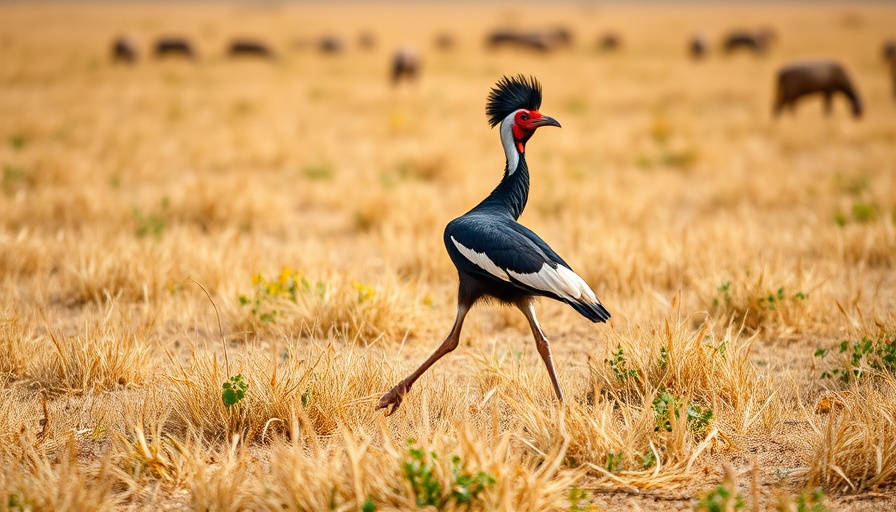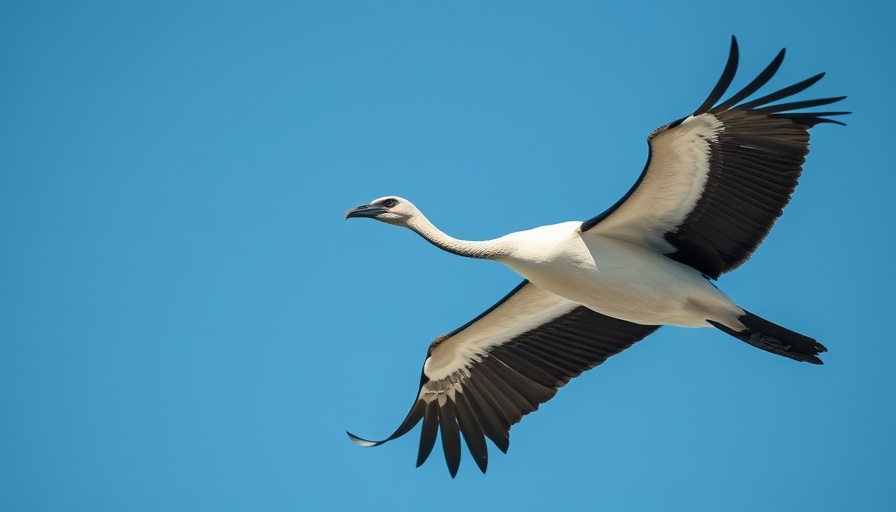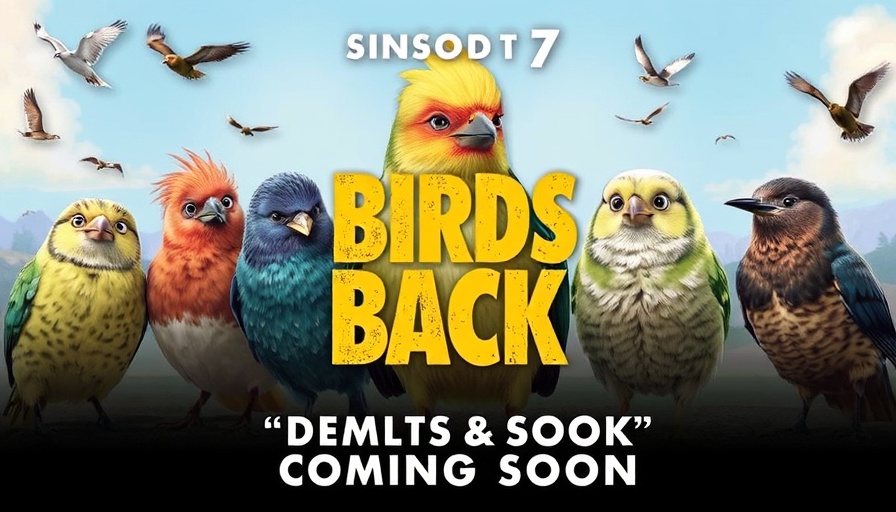
Meet the Striking Secretarybird: Nature’s Unusual Hunter
Nestled in the grasslands of sub-Saharan Africa, the Secretarybird stands out as a remarkable avian treasure. With a unique combination of elegance and ferocity, this bird of prey marches through its habitat, combining the grace of a crane with the predatory prowess of an eagle. Standing tall at four feet, the Secretarybird is clad in striking silver feathers, contrasting vividly against its black wings and leggings. Its face, adorned with bright red skin, is an unforgettable sight.
Adaptive Hunting Techniques
Unlike many of its raptor counterparts, the Secretarybird opts for terrestrial hunting. Instead of soaring high above its prey, it traverses vast distances—often exceeding 20 miles a day—in search of food. Its diet is diverse, consisting of rodents, snakes, and insects, which it dispatches with swift, powerful kicks using its formidable talons. This unique adaptation not only sets the Secretarybird apart in the avian world but also showcases the remarkable evolutionary strategies of birds that have thrived in the African wilderness.
Cultural Significance and Name Origin
The intriguing name 'Secretarybird' is believed to derive from its reminiscent appearance to 19th-century human secretaries who wielded quill pens. Another theory suggests that the term originates from the Arabic word for 'hunter bird.' Regardless of its origins, the name captures the spirit of this dynamic creature, embodying both its physical beauty and predatory prowess.
Why the Secretarybird Matters
Beyond their captivating beauty and hunting skills, Secretarybirds play an essential role in maintaining the ecological balance of their ecosystems. As they control populations of small mammals and insects, they contribute to the health of the grasslands they inhabit. Protecting this iconic species is crucial—not only for preserving biodiversity but also for safeguarding the cultural narratives woven into the fabric of human interactions with nature.
Conclusion: Celebrate Nature’s Unique Creatures
The allure of the Secretarybird encapsulates the intricate tapestry of life in our world. By learning about and advocating for such unique species, we can foster a deeper appreciation for wildlife conservation and the importance of biodiversity. Let’s take inspiration from the Secretarybird and advocate for the protection of our natural world.
 Add Row
Add Row  Add
Add 




Write A Comment